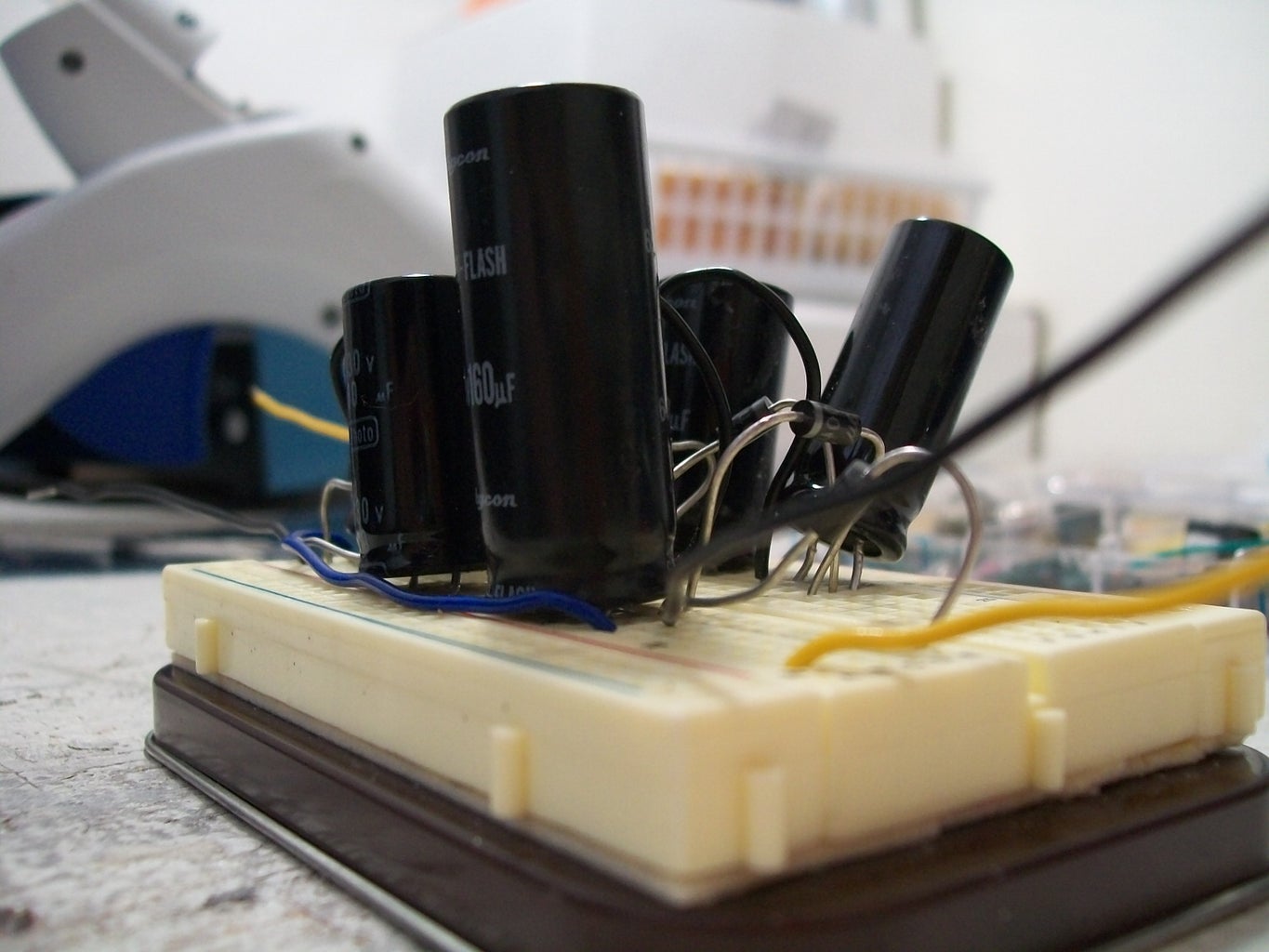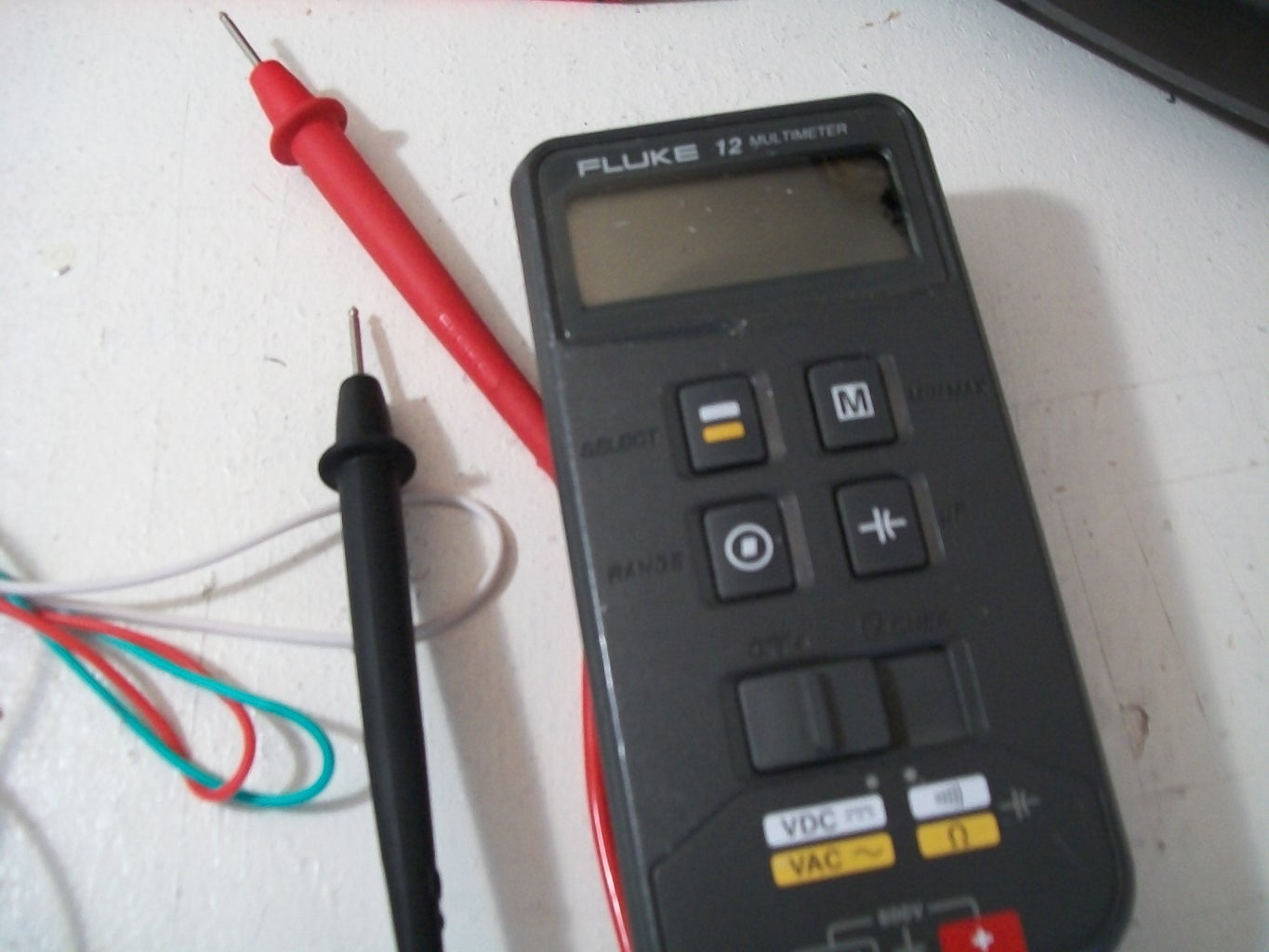Voltage Multiplier Circuit Simulation in Proteus Software Circuit Diagram
Voltage Multiplier Circuit Simulation in Proteus Software Circuit Diagram Voltage Multiplier Circuits are devices that are designed to generate an output voltage that is a multiple of the input voltage. They are often used to achieve higher voltage levels than older circuits that were developed in the past, especially in situations where efficiency and compact design are very critical. So how does it work. The circuit shows a half wave voltage doubler. During the negative half cycle of the sinusoidal input waveform, diode D1 is forward biased and conducts charging up the pump capacitor, C1 to the peak value of the input voltage, (Vp).Because there is no return path for capacitor C1 to discharge into, it remains fully charged acting as a storage device in series with the the dimension of voltage as shown in Figure 1. Figure 1: Basic Analog Multiplier and Definition of Multiplier Quadrants . From a mathematical point of view, multiplication is a "four quadrant" operation—that is to say that both inputs may be either positive or negative, as may be the output. Some of the circuits

The voltage doubler is a type of the voltage multiplier circuit. Most of the voltage doubler circuits with few exceptions can be viewed in the form of a higher order multiplier at a single stage. Also, a greater amount of voltage multiplication is achieved when there are cascading identical stages which are being used together. Villard Circuit A voltage doubler provides a means of obtaining a wider VCO tuning range at lower voltages. This paper dis-cusses the considerations that need to be made when using a voltage doubler. Specific test results are shown for a CDMA application. The LMX2350 provides an internal switched capacitor volt-age doubler circuit that allows the RF charge Here is some info about voltage multipliers if you want to know how they work. If not, then skip to the parts list. Definition - "A voltage multiplier is an electrical circuit that converts AC electrical power from a lower voltage to a higher DC voltage by means of capacitors and diodes combined into a network." - Wikipedia

PDF guidance necessary for the design of a multiplier assembly. Outline of ... Circuit Diagram
- DC voltage source consisting of mains transformer and rectifier, in this case with output voltage of 15V and current of 5A. - AC high voltage source, with an output value of 5 to 10 thousand volts. This assembly consists of a driver circuit and a flyback transformer from an old TV. In my case it is a "Plasma Speaker" device I have made before.
The most commonly used multiplier circuit is the half-wave series multiplier. All multiplier circuits can be derived from its basic operating principles. Thus, the half-wave series multiplier circuit is shown in Figure 1 to exemplify general multiplier operation. The example shown in Figure 1 assumes no losses and
